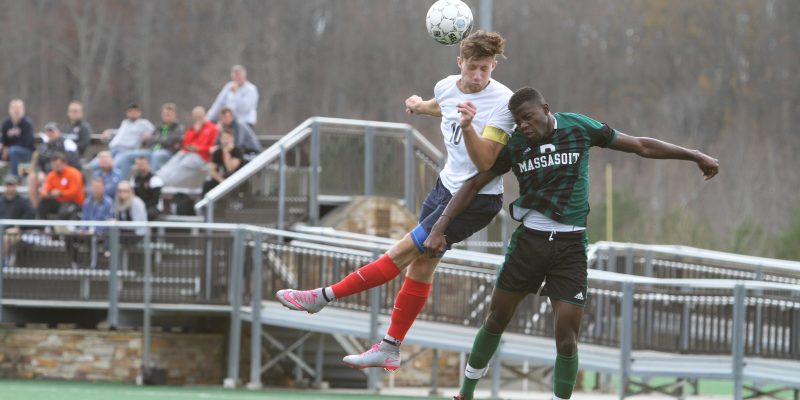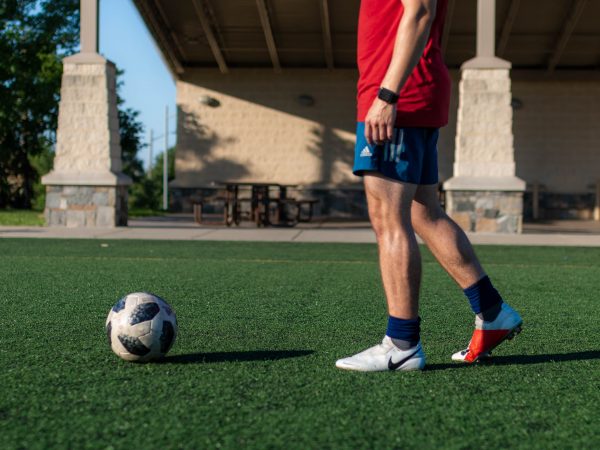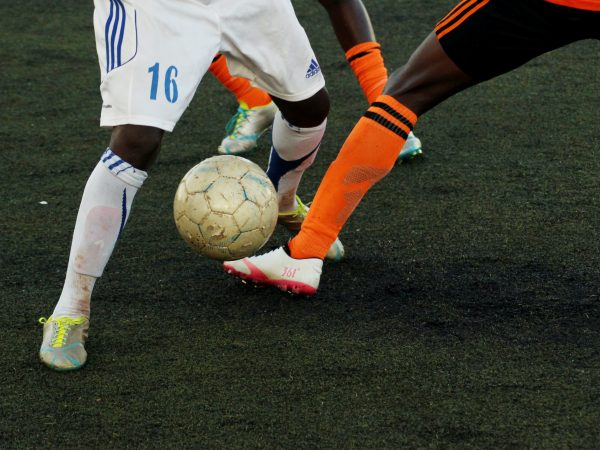We decided to make athletics a subject for Compass because it is a universal trait in all civilizations. Sport is quite popular among young people; statistics show that 61% of young people aged 15 to 24 participate in sporting activities on a weekly basis in the EU22. Another reason for including sport is that it helps young people to interact socially while also developing the knowledge, skills, and attitudes necessary for full civic participation.
Culture and sport are both human rights that are inextricably linked to others. Human rights, notably those of young people, are regularly questioned and abused on these foundations.
When we mention “culture,” what exactly do we mean?
The term “culture” encompasses terms such as popular culture, mass culture, urban culture, feminist culture, minority culture, corporate culture, and, last but not least, youth culture. We can also talk about a cultured person, who has excellent manners and has been properly taught in literary and artistic traditions, or culture shock, which is the feeling of being disoriented and dissatisfied when confronted with a foreign culture. Cultural ministries or their equivalent governmental entities rarely address any of these conceptions of “culture.”
The word “culture” comes from the Latin word “cultura,” which meaning “to care for, protect, cultivate, or till.” Around 1500 CE, the word first arose in the figurative sense of “cultivation through education,” and it wasn’t until the mid-nineteenth century that it was linked to ideas about community practises and ways of life. 4 The definition of culture in this section is “inherited patterns of shared meanings and common understandings.”
There is no such thing as a culture that is uniform. “Subcultures” can be recognised within each culture: groups of people with distinct traditions and behaviours that set them apart from the larger culture and other subcultures. Culture is as difficult to define as it is to capture since it is in perpetual flux. The civilization in which we communicate today is not the same as the society in which we communicated then, to quote Heraclitus. In our eyes and perceptions, however, everything is the same.
What new ideas or technology have changed your culture in the last ten years?
Ways of life, language, oral and written literature, music and song, nonverbal communication, religion or belief systems, rites and ceremonies, sport and games, methods of production or technology, natural and man-made environments, food, clothing, and shelter, as well as the arts, customs, and traditions through which individuals, groups of individuals, and communities communicate, are all included in culture.
Certain aspects of culture, such as how people dress, are readily apparent. The rest is largely subconscious and almost automatic. The iceberg metaphor can be used to reflect on culture. An iceberg has a visible section above the waterline and a bigger, invisible section below. Similarly, culture contains some characteristics that we can see and understand, as well as others that we can only suspect or envision and achieve via discussion and reflection. The majority of culture is “invisible,” much like the root of an iceberg is far greater than the upper half. Taking a part for the whole is a risky proposition. By focusing on what is visible to us (and that we appear to “understand”), we risk missing what is crucial in humans, in human beings.
When we say “sport,” what exactly do we mean?
Sports, particularly team games, are an important part of our life, whether we are spectators or participants. For many individuals, football is an endless source of conversation; fans have a close attachment with their team, and elite players are considered as heroes. The current trend of people wanting to seem attractive, youthful, athletic, and healthy is reflected in the number of fitness clubs that have opened and slimming magazines that have been published, while parks are full with runners. Other activities that demand mental rather than physical effort, such as chess, are also considered sports. Because there are sports to suit diverse interests and temperaments, sport can be closely tied to our identity and culture at some point in our lives.
When we consider the underlying value and purpose of sports and games – including the play of young children – it becomes clear that all sports, whether football, spear throwing, or yoga, have evolved as a means of teaching necessary life skills, which is why sports are regarded as an important part of the formal and non-formal educational curriculum.









